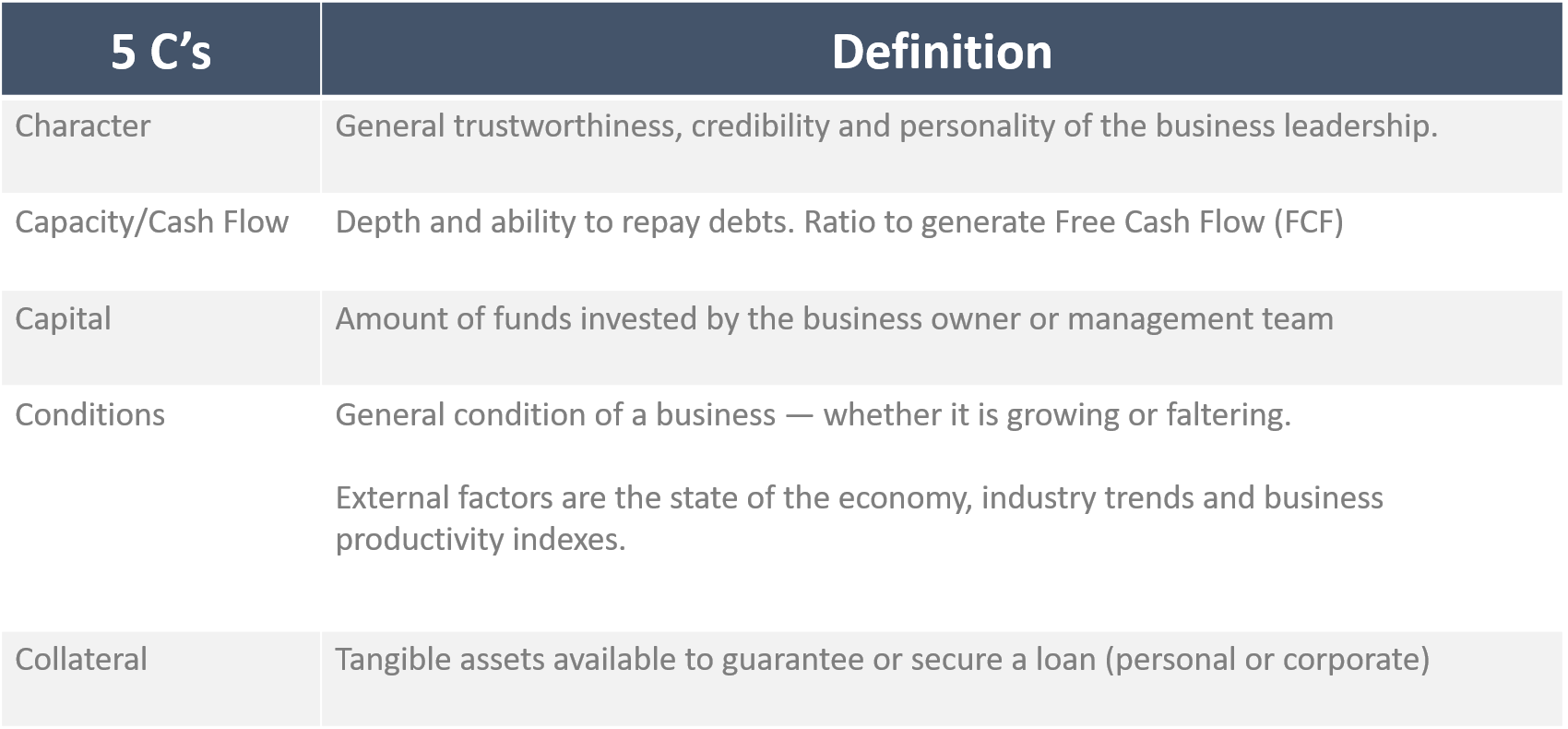Author: Sebastian Hasenauer | CIAL Dun & Bradstreet Andean Region Leader
The COVID19 pandemic has put in check the world health systems. This has forced many international leaders to implement quarantines and curfews that have affected the international labor market. As an example, the United States of America has registered over 3 Million new files for unemployment claims by the end of March. For the end of April, it is expected that the total number of unemployment claims due to the pandemic adds to around 26 Million. The inability is having additional recessive pressures that forced several central banks to reduce the short term interest rates, guaranteeing business loans, subsidies, and labor measures to cushion the economic impact of the pandemic and the anticontagious measures adopted as much as possible considering that recessions increase the risk of business bankruptcies.
For example, the Peruvian Government builds a US$ 25 Billion stimulus package that represents 12% of the countries GDP to ensure subsistence and consumption. Within this stimulus package, there is a plan called “Reactiva Peru” which allocates S/ 30 Billion to keep the chain of payments going, and for companies to cover working capital needs to continue to function during and after the crisis. However, there are analysts who believe that the economic impact is such that the allocated amount might not be enough to finance all the companies in need. Even if the company gets access to the loan, the amount that each company would receive might not be enough, because it has a max cap of three times the social security contribution by the company or a 2019 average monthly sales amount.
This means that the Government will be able to grant as liquidity one month’s income, which helps the companies that can get the loan, but will not solve the underlying issue after the quarantine passes and activity levels in the market resume. Governments such as Peru are taking strong short-term liquidity measures to counter the economic impact of COVID19, but the medium to a long-term problem is different. We will be facing a confidence and credit crisis.

Virtually, all companies at an international level will face a heavy reduction in cash flows, which brings the phrase Cash is King back to the table in this new uncertainty period. Businesses around the world will try to put in place tactics that allow them to retain as much cash as possible in order to fulfil their short-term obligations such as pay role or supplier credits, while also trying to extend commercial credit, and shortening receivables cycles. In summary, the market is looking to extend the lowest credit and receive as much as possible. This scenario is impossible to maintain locally or internationally. Even the largest corporations will have to decide who they provide credit to, which implies taking higher risks than prior to February 2020.
On the other hand, companies will need to understand that suppliers are not in a position – as they were before – to extend the same value or periods of commercial credit. Furthermore, given the uncertainty, it would be rational for companies to extend credit with an expiration date shorter than the one of their immediate obligations. If in uncertainty cash is King, then credit is the Queen.
“In Chess, the King needs to be protected, while the Queen is the key piece in both offense and defense, depending on the moment and situation of the match.”
In order to solve this trust and credit crisis, both borrowers and lenders will have to be more transparent regarding their current status and capabilities, as well as implement comprehensive risk decision-making processes. Every company will have to be able to answer the following two questions: (1) How to decide who to give credit? (2) How to obtain more and better credit conditions?
To be able to answer those questions, it’s necessary to return to the basics of credit decision making, the 5 C’s of Credit that are shown in the following summary chart:

From every crisis comes opportunity. On this occasion, we can reorganize the company to implement risk government measures instead of allowing risk to govern the company. Many companies will restructure themselves in order to have a sustainable business post-COVID-19.



